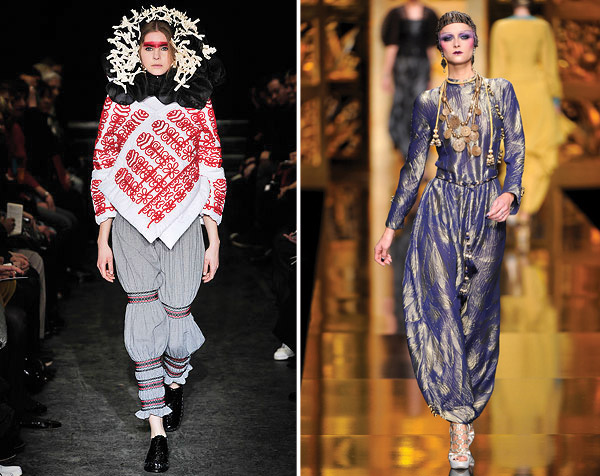
by Sonnet
You are in Ušće with your best friend who is visiting from Istanbul. You see the giant “Sniženje” signs covering the two-story front of Zara. SALES! Your friend scoffs, “sales are not real in Serbia. It’s the same price with a different color sticker.”
Never mind her. Your frugal Midwestern upbringing has taught you never to ignore a sale, nor an alarmingly bright orange sign. You go in and it is a mad house.
The average height of a Serbian woman is 5’7”, and men are around 6’1″. This might not seem very tall for most folks living in the U.S., but the material effect is overwhelming in a shopping center. Serbs seem like giants. I am a 5’6” woman in Zara standing among giants and trying to find pants that are short enough for my (above-average in the U.S.) frame.
Back to the hunt.
You immediately gravitate towards the minimalist section. Spring 2016 selection is chocked full of square t’s and shapeless dresses and you are overwhelmed and excited with all of the possibilities of the colors nude and white. Ever since that trip to Belgium you’ve been dying to recreate all of the lines and colors (or lack thereof) that you saw at COS.
Suddenly, out of the corner of your eye, you see the most hideous and beautiful blouse. It looks like if Klimt was asked to design polyester blouses for the Juniors section of J.C. Penny’s circa 1972. The print, while geometric, is loud, and the colors look like the Brady Bunch’s decorative tapestries. A mishmash of rose, golds, tans, yellows, and a shot of forest green. The square, sleeveless, polyester shirt is lined with a two-inch gold velvet trim. It is ghastly. You immediately think, “No one will have this at home. I MUST buy it!”
You spend the next 20 minutes walking around the story wondering why you want this shirt. It does not match anything in your wardrobe. The colors are not good for your “winter” skin tone. You don’t even wear synthetic fabrics if you don’t have to.
Then it hits you. This looks foreign. Never mind that it does not neatly fit the Eurocheap stereotypes that Westerners think of when they imagine Eastern European fashion (metallic, furs, skin-tight dresses, high heels, etc.- terrible stereotypes, I know). Never mind that you have never seen a Serb in a hideous shirt like that, nor will you likely ever see someone in Belgrade wearing something so hideous. Never mind that Zara is a Spanish brand that has stores all over the world (including in the U.S.)

You want it because it fulfills the Western Orientalist imaginary of what Eastern European fashion looks like. It is strange and out of place for the spring lines. It is gaudy and off-putting. It is sort of retro and contemporary, like Nadia Elena Comăneci’s messy ponytail with the yarn ribbon at the 1976 Summer Olympics in Montreal.
It looks as Americans imagine European daywear fashion looks. You want this bastard of a shirt because you want your friends to envy you and admire your cosmopolitanism. You don’t live in the Midwest anymore. You live in a place where people wear loud prints with velvet trim. You must fulfill your friends’ needs to consume the other’s culture. You are an ambassador of fashion. You are very important. You are doing a public service to your Midwest friends by buying the hideous blouse and fulfilling their Orientalist imaginary.
You are completely full of shit and rather orientalist. You are being an asshole and you must put yourself in check.
Your friend from Istanbul asks why you are even thinking about buying that shirt, turning her nose up and saying, “it looks like something you would wear.” You are hurt, and realize that this shirt represents the garish and audacious aesthetic that she imagines to be American.
You leave the shirt at Zara- annoyed and hurt that your friend would think you would like something so hideous. You end up leaving with a huge makeup haul from NYX Cosmetics (CAN YOU BELIEVE IT?!?!? NYX! IN SERBIA!!!!) You are still an asshole.

Leave a comment